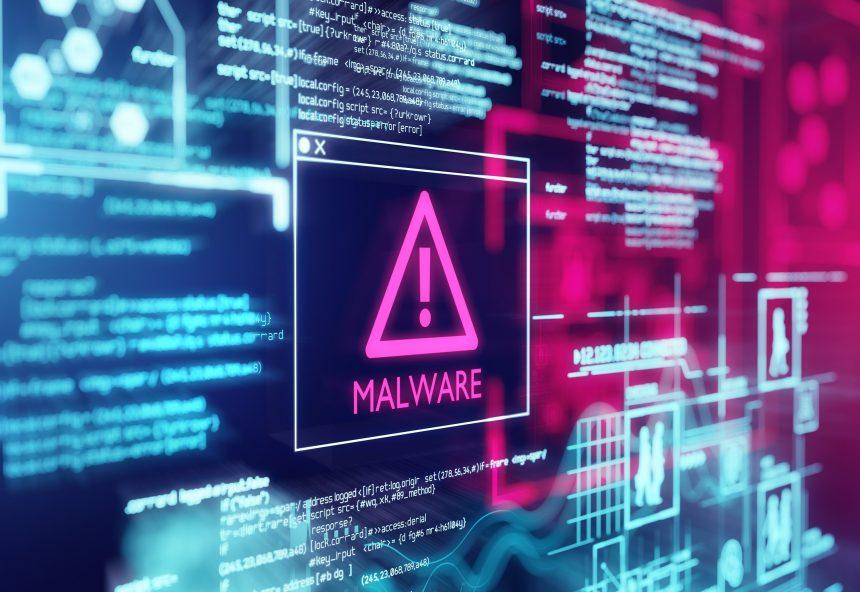In November 2024, Microsoft’s Patch Tuesday update revealed several critical vulnerabilities, including CVE-2024-49039, a significant flaw with the Windows Task Scheduler. This vulnerability enables privilege escalation, potentially allowing malicious actors to gain elevated system access without user consent. Exploiting this flaw, attackers could manipulate or install malware with higher privileges, jeopardizing the security of affected systems.
Download SpyHunter Now & Scan Your Computer For Free!
Remove this and many more malicious threats to your system by scanning your computer with Spyhunter now! It’s FREE!
Actions and Consequences of Exploiting CVE-2024-49039
CVE-2024-49039 targets a weakness in the Task Scheduler’s execution model, enabling attackers to execute arbitrary code with system-level privileges. If successfully exploited, it could lead to unauthorized access to sensitive data or the installation of more severe malware. Attackers could leverage this flaw to compromise entire networks, bypass security protocols, or perform lateral movement within a corporate environment.
Similar threats in this category include privilege escalation vulnerabilities such as CVE-2024-43451, which also involves the disclosure of NTLM hash values. These types of flaws are highly dangerous because they grant attackers the ability to escalate their access level within the system, turning what should be an isolated security breach into an extensive attack.
Malware Detection and Security Measures
Malware exploiting CVE-2024-49039 might not always be immediately detected by traditional antivirus software due to its subtle approach of elevating privileges without obvious symptoms. Detection tools may flag this malware under various aliases, but these names can vary based on the specific exploit method used. Tools such as SpyHunter are equipped with advanced heuristic scanning capabilities to spot unusual behavior that can indicate the presence of such threats.
Some other similar threats include privilege escalation exploits related to unpatched system services, often detected by security solutions like:
- Trojan Horses
- Rootkits
- Ransomware
Removal Guide for CVE-2024-49039
If you suspect that your system is compromised by malware exploiting CVE-2024-49039, follow these steps to remove it effectively:
Download SpyHunter Now & Scan Your Computer For Free!
Remove this and many more malicious threats to your system by scanning your computer with Spyhunter now! It's FREE!
- Update Your System: The first line of defense is always ensuring that your operating system and applications are fully up-to-date with the latest patches. In this case, download the November 2024 Patch Tuesday update to resolve CVE-2024-49039 and related vulnerabilities.
- Run a Full Malware Scan: Use a trusted anti-malware tool like SpyHunter to perform a comprehensive system scan. SpyHunter is designed to detect even the most advanced threats and offer step-by-step removal instructions.
- Perform Safe Mode Scans: In case the malware is persistent, restart your computer in Safe Mode with Networking and run another scan to prevent the malware from interfering with the cleaning process.
- Clear Temporary Files: Use built-in system tools to clear out all temporary files, browser history, and cached data, as these may be exploited by malware for persistent infections.
- Check Task Scheduler Entries: Review Task Scheduler entries to ensure no malicious tasks are set up to run at startup. You can do this manually via the Task Scheduler interface or by using dedicated security tools.
- Check for Suspicious Programs: Look for unknown programs in your startup folder or installed applications list. If you find any unfamiliar or suspicious programs, investigate them further and remove them.
- Restore System Files: If necessary, perform a system restore to a point before the infection. This can help remove deeply embedded malware that resists standard removal.
Best Practices for Preventing Future Infections
To guard against similar exploits in the future, here are some security best practices:
- Keep Software Updated: Always ensure that your operating system, applications, and security tools are up-to-date with the latest patches.
- Use Strong Access Controls: Enforce strict password policies and multi-factor authentication (MFA) to limit unauthorized access to your systems.
- Regular Backups: Regularly back up important data to ensure recovery in case of a successful attack or ransomware infection.
- Network Segmentation: Isolate critical systems and limit lateral movement within your network by segmenting it based on user roles and system importance.
- User Awareness Training: Educate users about phishing attacks and safe internet practices, as these are often the entry point for malware.
Protect Your Computer with SpyHunter
One of the most effective ways to protect your system from evolving threats like CVE-2024-49039 is by using advanced anti-malware tools such as SpyHunter. SpyHunter provides real-time protection against a wide range of cyber threats, including ransomware, Trojans, and privilege escalation attacks. Download SpyHunter today to scan your computer for free and secure your system against potential exploits.





